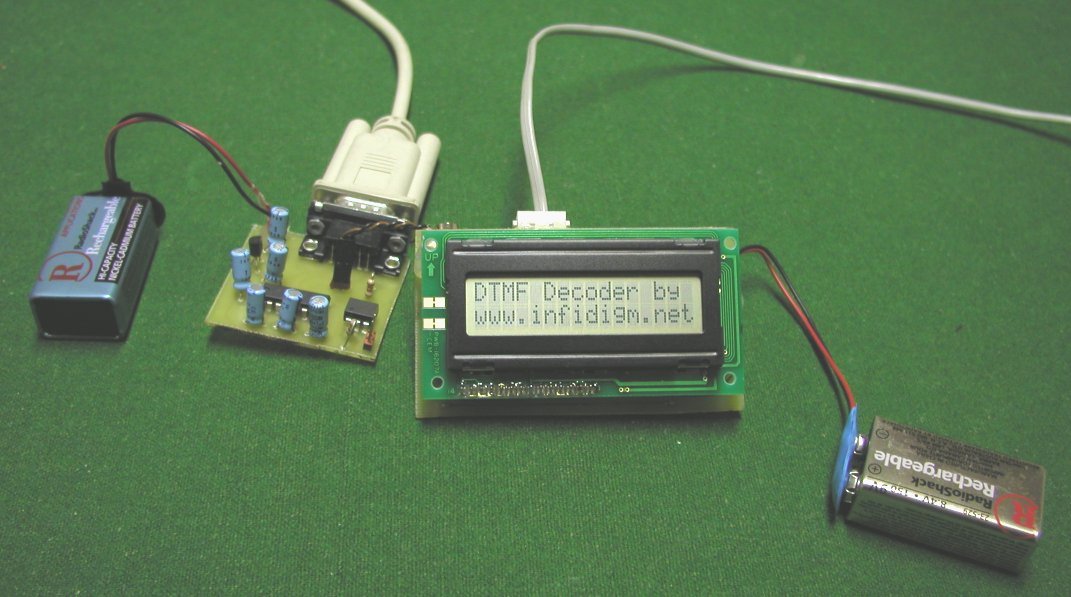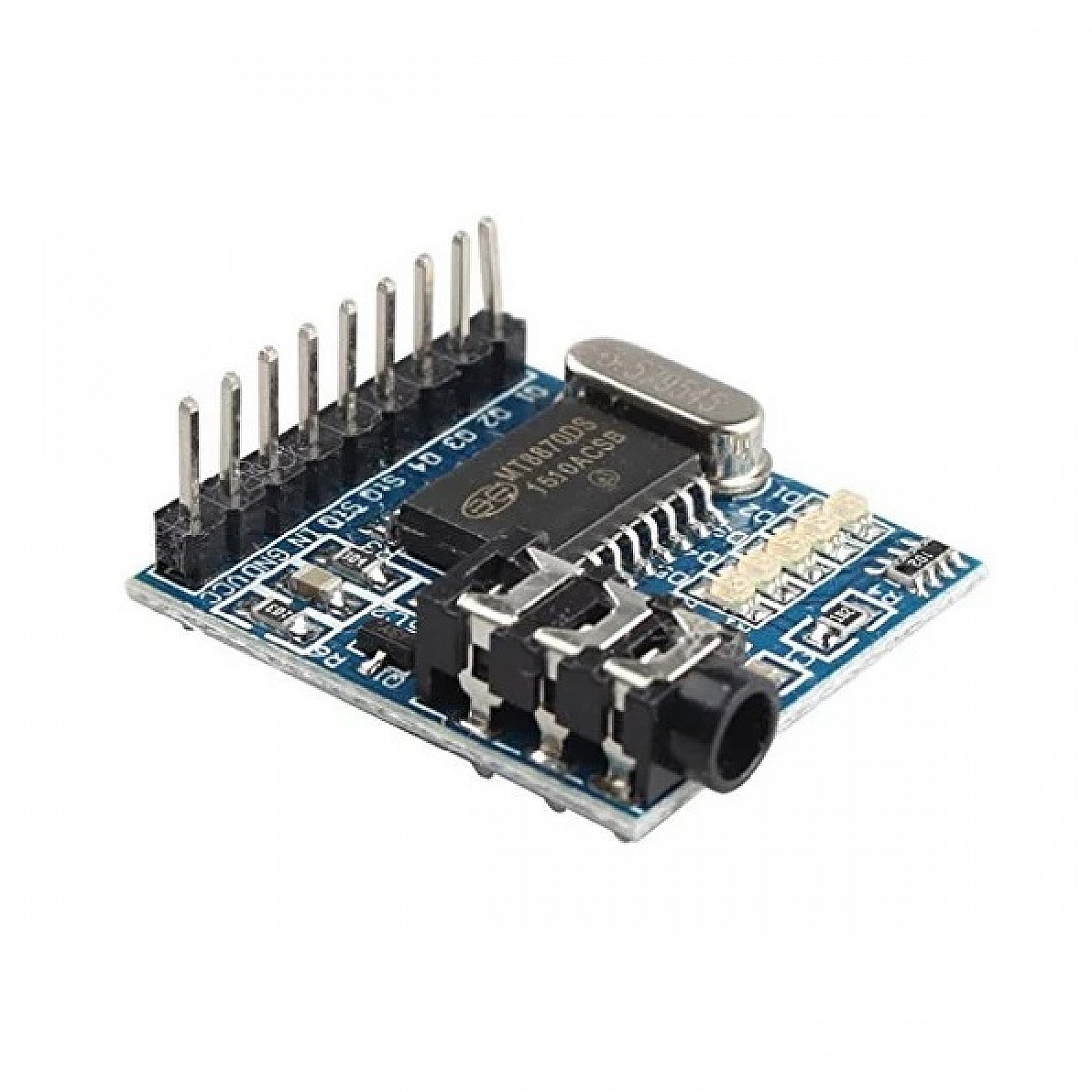

When you create a UM dial plan, you can configure the primary and secondary input method that callers will use to look up names when they search for a user or want to contact a user. In either case, DTMF inputs are used to navigate menus and search for users.īy default, in UM, DTMF inputs are used on dial plans and are the default caller interface for UM auto attendants.ĭial plan dial-in access by using Outlook Voice Access.ĭial plan directory lookups and searches to locate users.Īuto attendants that aren't speech-enabled.Īuto attendants that are speech-enabled that do or don't have a DTMF fallback auto attendant configured.ĭTMF fallback auto attendants (not speech-enabled).

Callers might use DTMF because Automatic Speech Recognition (ASR) hasn't been enabled or because they tried to use voice commands and failed. DTMF overviewĭTMF requires a caller to press a key on the telephone keypad that corresponds to a Unified Messaging menu option or to input a user's name or email alias by using the letters on the keys to spell the name or alias. This topic discusses the DTMF interface and how it's used by callers to locate users and to navigate the UM voice mail menu system. The DTMF interface enables callers to use the telephone keypad to locate users and navigate the UM voice mail menu system when they call an Outlook Voice Access number configured on a dial plan or when they call a telephone number configured on an auto attendant. The methods that callers can use depend on how the UM dial plans and auto attendants are configured. In Unified Messaging (UM), callers can use dual tone multi-frequency (DTMF), also referred to as touchtone, and voice inputs to interact with the system.

Applies to: Exchange Server 2013, Exchange Server 2016


 0 kommentar(er)
0 kommentar(er)
